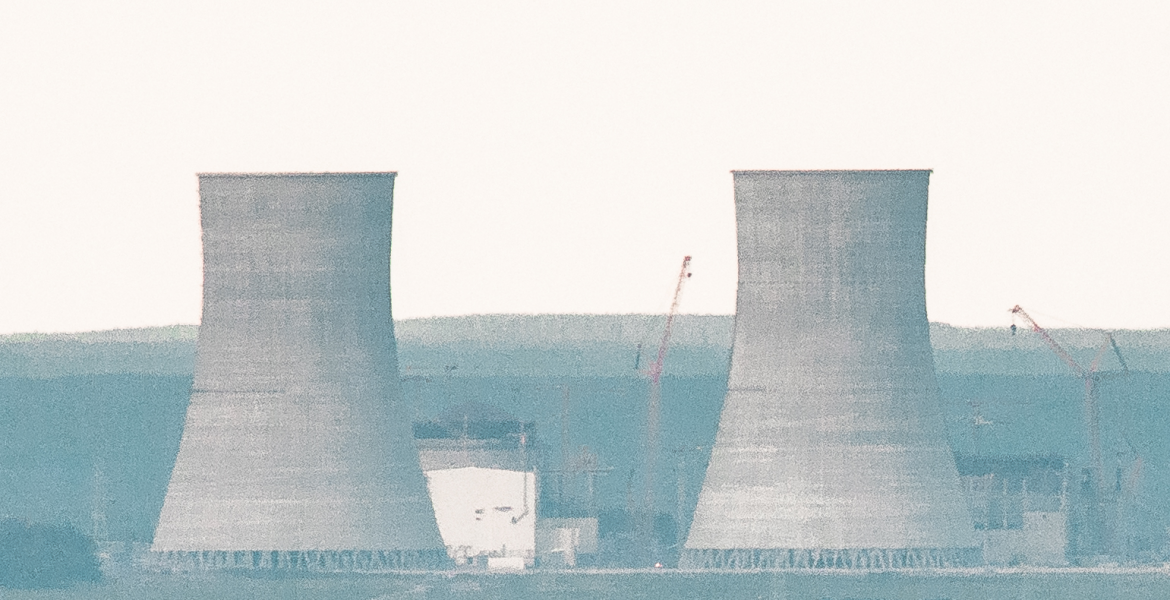A new nuclear power plant, thought to be the newest in the world, is set to become operational in Belarus this summer, despite continuing fierce opposition from neighbouring Lithuania.
The facility, called Astravyets, just 45 kilometres from the Lithuanian capital Vilnius and is set to go online this month with one principle aim being to wean the country off its current heavy dependency on Russian energy supplies.
The 2.4-GW power plant, Belarus’ first nuclear plant, will lessen that nation’s dependence on Russian gas.
Ostrovets Unit 1 reactor is expected to go online in the coming months while the near-identical Ostrovets 2 is set for a sign-off in the autumn. The Belarusian Security Council made the decision to construct a nuclear power plant in January 2008, following a bilateral energy dispute with Russia in 2007.
Since closing its own nuclear power plant at Ignalina in 2009, Lithuania has been highly reliant on imports of electricity. Lithuania also turned to natural gas to replace nuclear power, which has pushed up its CO2 emissions by 13%, according to official figures.
Astravyets has been constructed as part of Belarus’ 2011-20 energy strategy, the primary aim of which is to reduce reliance on Russia as the country’s main energy supplier. Belarus currently relies on Russian gas to generate almost 95 per cent of the country’s power.
When running at full capacity, Astravets could eventually power around two and half million Belarusian households. Since the work started on the project in 2011, Lithuania has strongly opposed it, claiming it is unsafe. In October 2019 Lithuania’s president called for the EU to block the completion of the plant in the name of Lithuania’s national interest and to preserve Belarus’ sovereignty. But, despite a fierce lobbying campaign in Brussels, Lithuania appears to have had little traction with the EU in its efforts to halt the plant from opening.
Belarus’ deputy energy minister, Mikhail Mikhadyuk, told this website that the security of the plant is of “utmost importance”. Belarusian efforts in this regard have, he states, drawn positive feedback from the International Atomic Energy Agency (IAEA) and other international nuclear energy watchdogs. He said, “The position that Lithuania has taken towards the project is absolutely unsubstantiated, it is all about politicising.
Years ago, Lithuania pursued ownership of a nuclear power plant, but failed to execute it and a number of EU member states are implementing nuclear power projects that are analogous to ours.” The plant has received a “positive” evaluation by experts from the European Nuclear Safety Regulators Group (ENSREG), an independent, expert advisory group set up by the European Commission.
A Lithuanian delegation even visited the plant on July 9, 2018 as part of a delegation of EU and non-EU experts, which concluded the Belarusian nuclear power plant has “generally” met the requirements of a European Union “stress test” designed to avert repeats of the 2011 Fukushima disaster. Further approval has come from Milko Kovachev, the IAEA team leader, who after visiting the plant earlier this year, said, “We met well-prepared, motivated and competent professionals ready to openly discuss all infrastructure issues.
The team saw a clear drive to meet the objectives of the programme and deliver benefits to the Belarusian people, such as supporting the country’s economic development.” Dr Jonathan Cobb, senior communication manager at the World Nuclear Association, also believes that Lithuania’s safety concerns are unfounded. The opening of the new plant has again put the spotlight on the role nuclear will play in meeting Europe’s future energy needs.
Nuclear represents a critical component in the energy mix of 13 of the 27 EU countries, accounting for almost 26% of the electricity produced in the EU. Tim Yeo, chairman of the New Nuclear Watch Institute, said, “Our view is that new nuclear build is essential for decarbonisation in the Baltic region, where countries are still heavily dependent on coal and other fossil fuels.”




